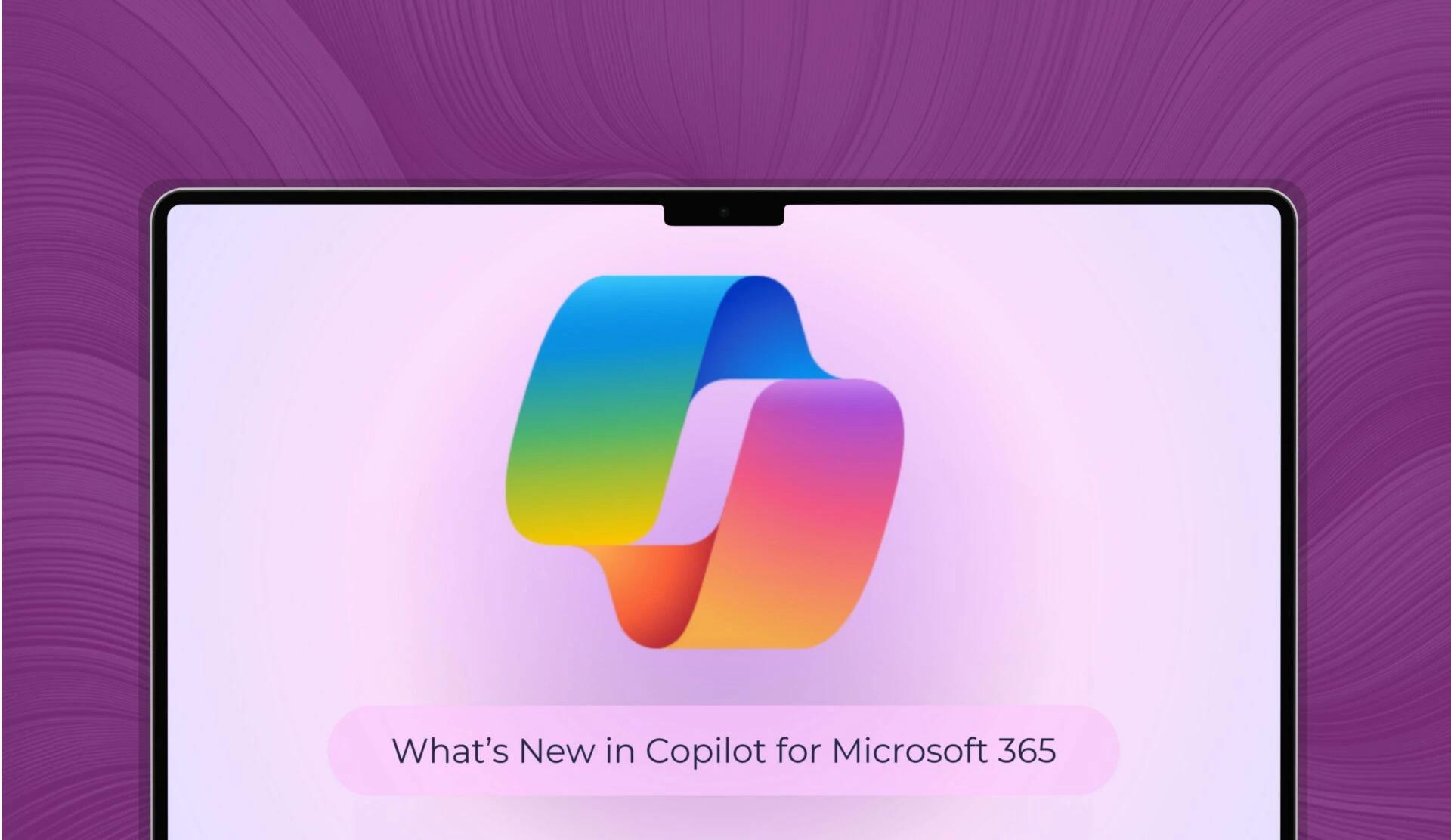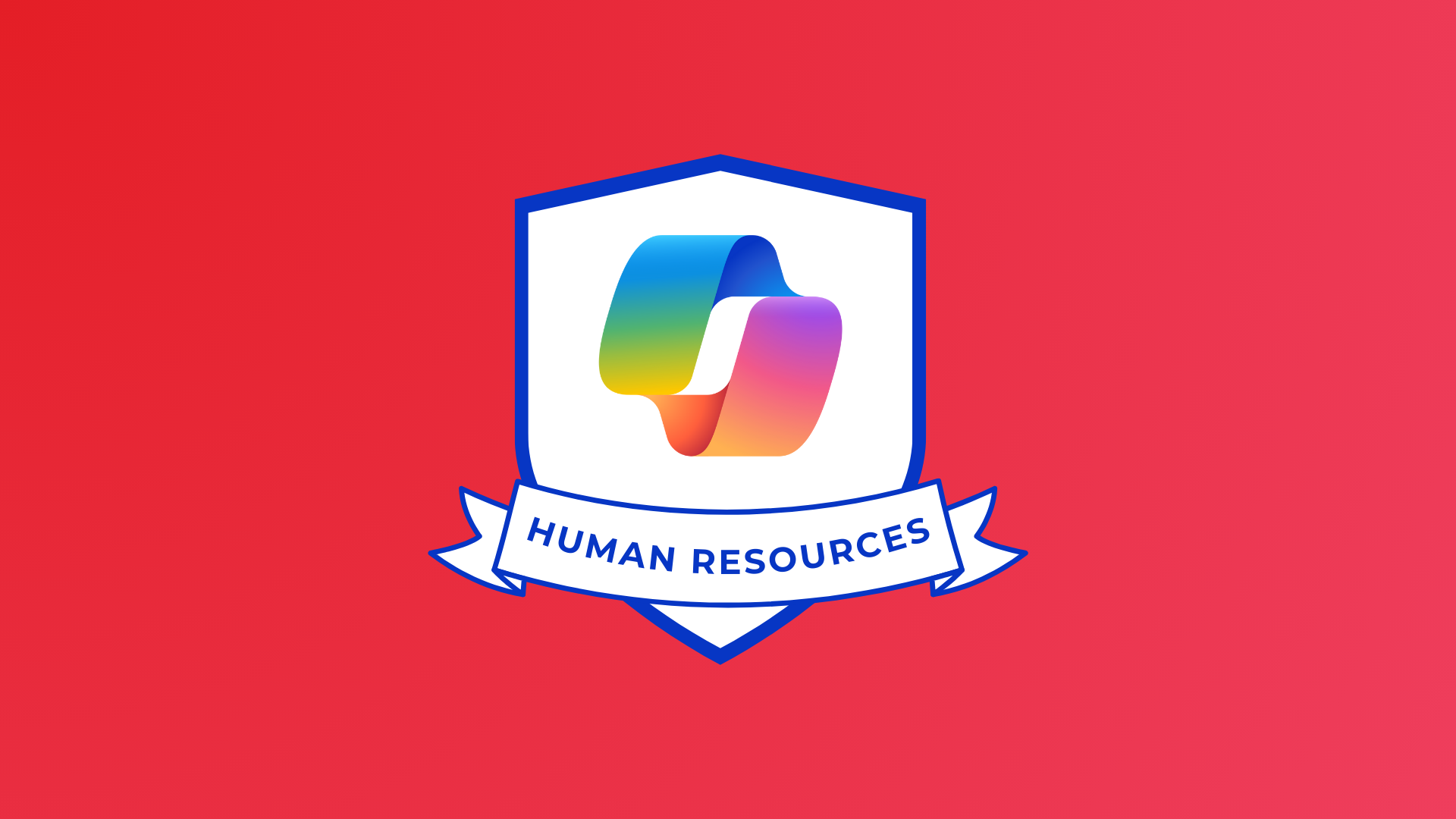
Introduction
Office 365 has the potential to transform how frontline workers operate within the workplace. The cloud-based subscription service ‘that brings together the best tools for the way people work today’ (Office 365, 2019) offers a diverse range of tools for businesses to employ to enhance collaborative laboral experiences.
Applications such as Yammer and Teams, included within the Office 365 package, are purposefully geared towards an enhanced frontline experience (Finnegan, 2018). These platforms are becoming increasingly relied on by thousands of organisations (Finnegan, 2018), many of whom are Fortune 100 companies.
This article highlights the important role frontline workers play within an organisation and look at the tools Office 365 offer to enhance this experience. The impact of frontline workers, whilst traditionally overlooked, is now coming to the forefront attention of CEOs and Managers across various industries (Harvard Business Review, 2018).
Frontline workers have the potential not only to increase ROI, but to drive creativity, innovation and ambitious ideas throughout a company. The long-term benefit of having engaged, dynamic frontline employees cannot be understated (Behn, 1995), and modern managers operating within a highly competitive environment today must not ignore this fact.
Digital Transformation
In today’s increasingly technologically driven business environment, digital solutions are pathing the way for companies to radically change the way they operate. Digital transformation affects every employee in a company, from the CEO down to the frontline worker. However, only recently are we starting to see the importance of a holistic approach to technology.
It is not enough for only top leaders and managers to have access to this technology. Rather, collaboration and communication throughout all levels of the organisation need to be built and sustained in order to achieve a greater goal. Connectivity and collaboration are growing trends in the workplace, as we see an overall shift from traditional linear methods of working towards a flexible one – one that’s digitalised.
The importance to recognise the role technology is playing in transforming the day to day roles of frontline workers cannot be underestimated. It is imperative for managers to actively engage in this movement in order to reap the benefits.
Managers and CEOs might be asking why we should be empowering frontline workers, and it is a valid question to ask. So, who are these people who have the potential to access invaluable insights into essential questions?
Frontline workers
Frontline employees represent 2.6 billion workers across the globe (Harvard Business Review, 2018) and are essential to almost every industry. They are the workers who make the initial contact with customers; those who witness first-hand reactions, both positive and negative, of consumers and the products or services they purchase.
Their roles range from shop assistants, telephone customer support, flight attendants, maintenance workers, cafe baristas and far beyond. They cross industries, from retail to manufacturing to hospitality, and are an essential element for companies to achieve their strategic goals.
This unique relation to the customers makes frontline workers an invaluable source of connectivity between a company and their buyers. They link the two and make possible the transactions that ensure company profit (or loss); ‘People build a relationship with your company, products, services, and brand through Firstline Workers’ (Microsoft, 2019).
Thus, the power of frontline workers should not be underestimated. Frontline workers gain an eye-opening perspective on the success or failure of a product. By tapping into this perspective, managers and CEOs can gain valuable knowledge and understanding, previously unrecognised.
By giving greater autonomy to frontline workers through technology, a space is opened for them to give authentic feedback to managers. This effective tool, at no extra cost to companies, will allow them to address issues or problems further upstream, rather than at a later, more costly stage. A Forrester review of frontline workers using Microsoft 365, stated: “workers felt more satisfied and integrated, workers and managers were more productive, and organizations saw a 322% ROI after three years” (Microsoft, 2019). We will now consider the services offered by Office 365 which encourages such productivity.
Office 365 – What services does it offer to frontline workers?
Yammer and Teams are Office 365 applications that seek to develop processes for frontline workers, no matter their industry. These apps are designed to offer flexible spaces where information can be shared, viewed and discussed.
Frontline workers no longer need to receive information via emails but can have a ‘hub’ where all the necessary information they need is stored and can be accessed at their discretion. Each platform offers a unique and diverse range of tools to make this more achievable for members of staff at every level of the organisation.
Yammer
- Updates ensure that all frontline workers are aware of any information that might impact their work, keeping them in the loop and actively engaged. For example, a shop assistant might be updated when a new delivery order has arrived that needs to be shelved.
- Polls, where direct questions can be asked of employees, allows CEOs and top managers to actively engage and listen to the voices of frontline workers. Simple feedback about how a new product launch was received is critical information for top management, and Polls offer a simple yet effective opportunity to gain this invaluable insight. Giving frontline workers a chance to Vote ensures they feel they are being listened to, increasing their sense of value within a company.
- Praise is a space where positive feedback can be fed into the workforce. Was there a great sales service in a new branch today? CEOs and managers have the chance to publish this information, reinforcing positive workplace behaviours and demonstrating this throughout the company.
- Meanwhile, announcements offers an opportunity for managers to report news, ask questions and publish videos or links that might be related to or help frontline workers in their day to day jobs. Employees have the chance to add comments directly below and enter conversation with their line managers, further engaging frontline employees.
Such active engagement enhances firstline workers as they feel supported, listened to and in the loop. ‘A better employee experience can help attract talent, boost retention, and streamline onboarding… improvements in Firstline satisfaction, integration, and empowerment reduced attrition rates by 8%’ (Microsoft, 2019). CEOs and Managers active in using these resourceful features will be ensuring the long-term investment of employees, an invaluable asset for any company.
Microsoft Teams
Teams is Microsoft Office 365’s ultimate collaborative experience, designed to integrate multiple platforms which allow for an enhanced frontline experience. ‘Teams brings everyday tools and resources together in a shared, personalized workspace where Firstline Workers can chat, meet, share files, work with business apps securely’ (Microsoft, 2019).
Teams consists of video calling, chat, apps and files (as well as the benefits of Yammer), all integrated together as a powerful tool for frontline workers. Let’s look at how Teams does it.
- Teams offers a broad range of communication tools for frontline workers. These include Group Chat, Online Meetings, Calling and Web Conferencing. Frontline workers are often mobile employees, travelling to a variety of places and connecting with multiple people; flexible communication tools are central to facilitating such work.
- Apps allow for the needs of each team to have what they need to work. For example, a frontline worker can use the app SurveyMonkey whilst they collect live data on the go, all through Teams.
- Meanwhile, Teams offers collaborative file sharing, meaning frontline workers access all the documents they need, when they need them.
- Teams, with its focus on enhancing frontline workers, is already showing exponential growth (Microsoft, 2019) and is likely to change the way frontline workers communicate all together.
Conclusion
Microsoft Office 365 offers a platform that brings about real and meaningful change for frontline workers. Yammer and, in particular, Teams are transforming the way employees connect and communicate with each other. By offering a dynamic, flexible space for frontline workers to operate within, employee performance is heightened.
Whilst the traditional role of frontline workers was underestimated, we are witnessing a shift in thought today – one that CEOs simply cannot afford to ignore. By tapping into this relatively unused source of information, knowledge and idea creation, companies can expect to see positive economic growth. However, underpinning this growth is perhaps something more significant: companies are increasing engagement, enthusiasm and involvement in their frontline employees.
The digital transformation we are witnessing today offers a new, holistic understanding of the workplace – one that frontline workers can adopt thanks to Microsoft Office 365.
Share
Related Posts
Our most recent articles
11 April 2024
04 April 2024
21 March 2024









